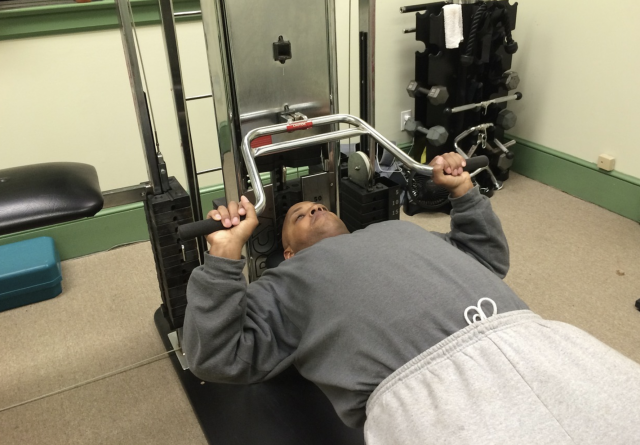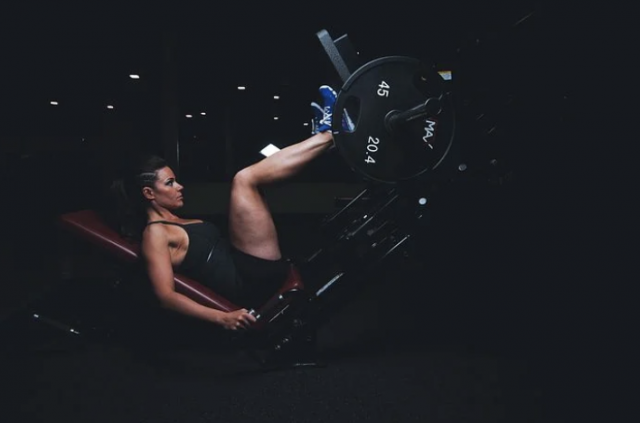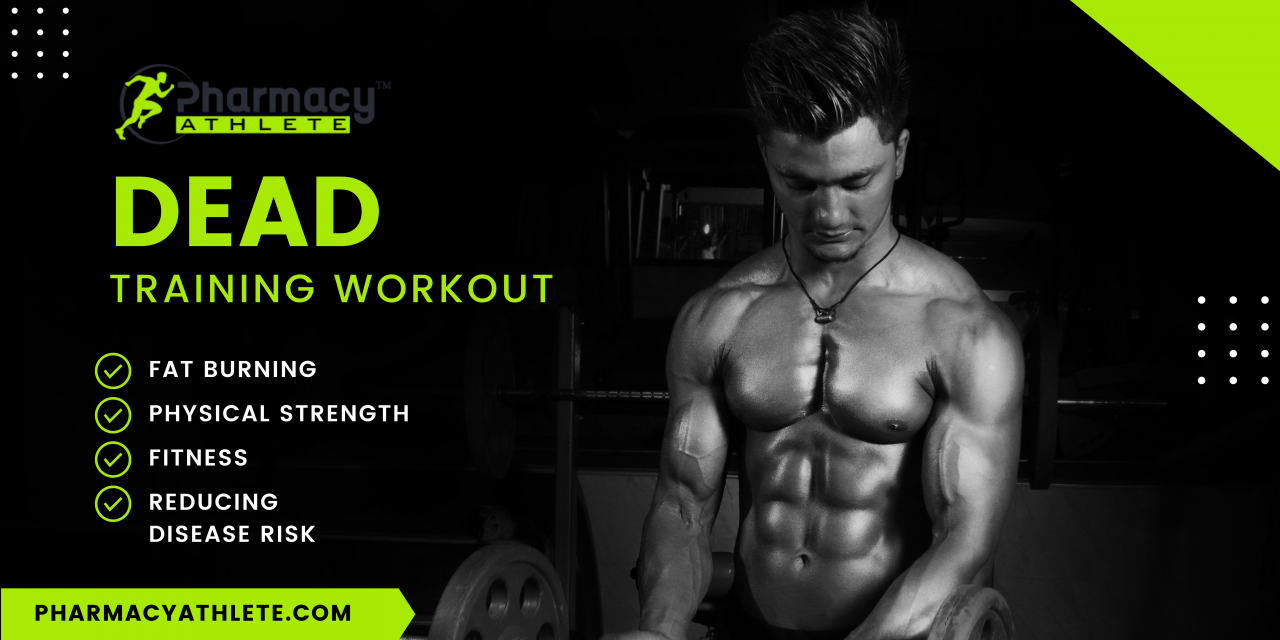What is DEAD Training?

DEAD training is actually my latest and greatest training program intended for muscle mass!
But don’t just take my word for it because there is more than just a mouthful of words that I have forged together to come up with a brutal, exhausting, and unapologetic way of building lean muscle mass.
DEAD training simply stands for micro-loading/extended-set/drop-set training. You can achieve a lot of new muscle by digging deep and staying strong throughout the 6 six weeks of DEAD training.
If you already tried some of my programs, you should really know that I am true to my words. But note that I don’t make easy programs because that just doesn’t deliver results that you have been looking for from my programs.
Techniques used in DEAD training

- First technique: Micro-loading
This technique is one that can increase the weight of your working sets per week through the smallest increments possible. This actually means that you can increase the weight by as little as ½ pound or 0.25kg. In most gyms, the smallest can be 1 ¼ pound plates, while others go as low as 2.5 lbs.
Therefore, you have to micro-load per week through a 5-pound weight on barbell exercises, including bench press and rows, and the Smith machine exercises. Other gyms have dumbbells that increase by 5-pound increments.
The trick here is that your body will not be able to sense the weight being heaver because of the tiny increase per week. Thus, you will be able to complete the same number of reps even with the heavier weight.
- Second technique: Extended set
The use of extended set training is actually to do exercise until the muscle will hit failure. Extending the set is just doing the drop sets, forced reps, and rest-pause sets.
However, extended sets will enable you to immediately move to a different version of the same exercise putting you at a biomechanical advantage. This makes the exercise easier and enables you to continue the set.
You should be familiar with pulldowns, which can be done on reverse-grip or overhand grip. In this case, you can be stronger on the reverse-grip pulldowns compared to using the overhand grip. That is due to the fact that reverse-grip pulldowns allow your lats to have more assistance from the biceps as well as the pecs as opposed to using an overhand grip.
In this case, you can do pulldowns using the overhand grip until muscle failure, and then you can switch immediately to an underhand grip to continue doing reps until reaching muscle failure again.
However, it doesn’t end there because after hitting muscle failure due to the extended set, you will then do the drop set and start over with the first exercise such as the overhand pulldown. Then, you can do an extended set moving towards the reverse-grip pulldown.
- Third technique: The drop set
If you are one of the many who are following my training programs, you should be very familiar with the drop sets. That is because I use them a lot and it is easy way to increase the training intensity by taking sets after the muscle failure.
You should take a set to muscle failure when you do a drop set. Then, you reduce the weight instantly by about 20% to 30% and then continue doing the reps until you hit muscle failure again.
In order to adequately boost muscle protein synthesis, you have to take sets to muscle failure as it is the most critical aspect of training and eventually to promote muscle growth, according to research.
Moreover, studies proved that by comparing very light weight to moderate weight and very heavy weight can all boost muscle protein synthesis just as long as all sets are taken towards muscle failure.
Note that drop sets not only allows you to take every set to muscle failure, but they can also allow you to take the set past muscle failure. This is also done in extended set training wherein the combination of both can really push muscle growth forward.
DEAD training explained

Since you have now understood the three major techniques that I have incorporated into the DEAD training, here is a breakdown of the training in detail.
- For week 1. You can begin with a weight that you are able to do for about 8-10 reps on your first exercise in every extended set.
- For week 2. You have to increase that weight by the tiniest extended set possible.
- For week 3. You must increase the weight again by its smallest increment.
- For week 4. Drop the weight back down to the same weight you were using in week 2. But you have to complete more reps within this particular week with that one you were able to complete in week 2.
- For week 5. You have to increase the weight again with a similar weight you have used in week 3.
- For week 6. Increase the weight again using the smallest increment possible.
Take note that DEAD training is not the same with the high intensity training made famous by Dorian Yates and Mike Mentzer. Here is how the pulldowns as discussed earlier are done in a typical DEAD set in week 1.
DEAD training in a 4-day split

This type of training prompts you to train each muscle group once every week. Although many of my training programs involve each muscle group 2 times each week, many also use training each muscle group just once each week.
Training frequency should also be modified and must be chosen wisely for every particular program. In my case, I pick once each week for the DEAD training because of the intense muscle damage that you require a full week to recover and grow.
You can consider the abs and calves to be the exception here because they respond better to more frequent training. I recommend the training scheme for the 4-day splits on Mondays, Tuesdays, Thursdays, and Fridays wherein you can get 1 rest day in the middle and 2 rest days at the end.
On the other hand, you can use any 4 days of the week that will best fit your schedule and that may not make much of a difference. Rest days referred to here are the active days that you should do some form of activity or exercise.
These are days that can make a great time to do some extra cardio, such as that of the HIIT cardio. You may also prefer the steady state exercise, such as a hike or a bike ride, or as simple as walking your dog.



